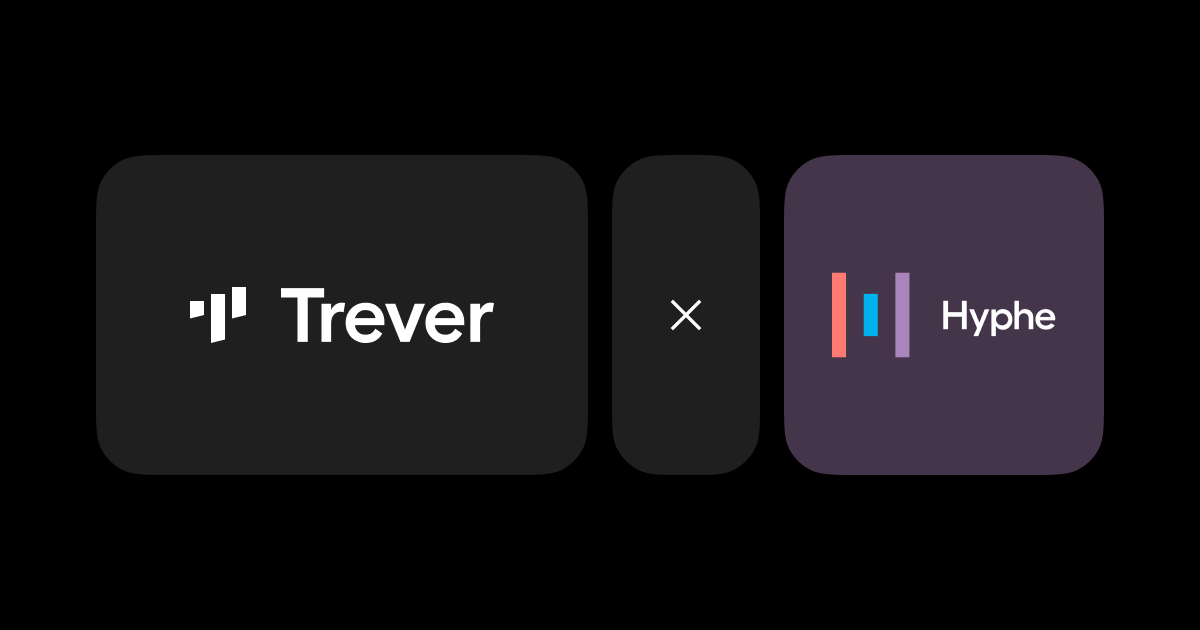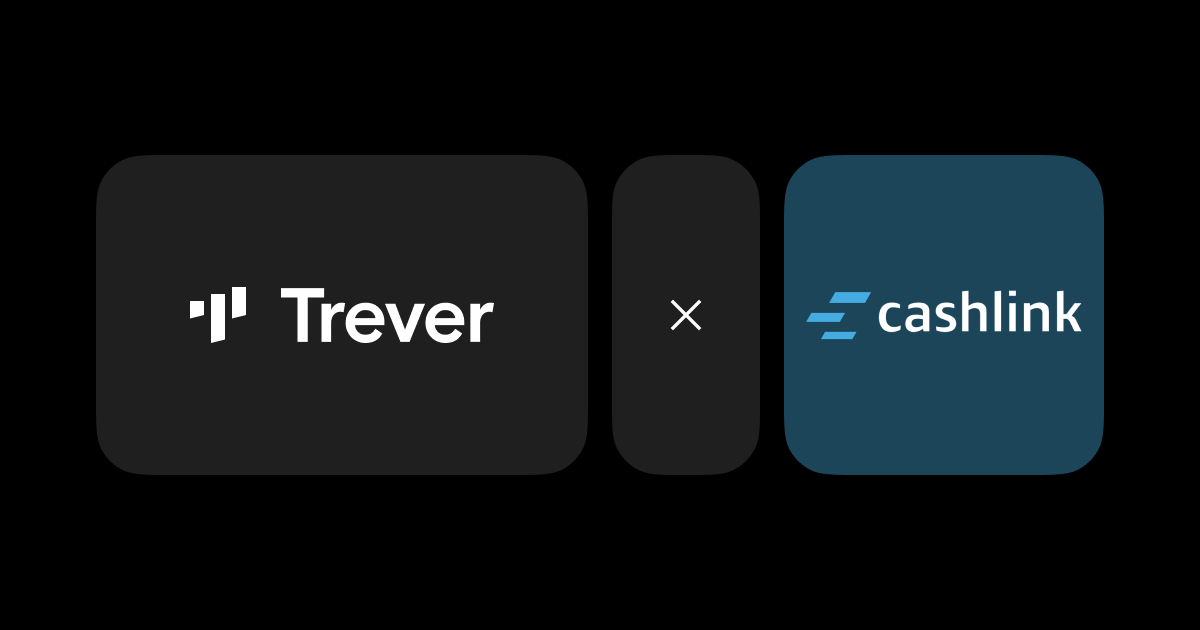These 5 Digital Asset Classes are Driving Institutional Interest
In the past years, digital assets are expanding rapidly. To create a secure and transparent environment, frameworks of the EU and further global regulators are coming into force. These milestones empower institutions considering more and more types of digital assets.

With digital assets expanding rapidly, the European Union and global regulators are developing frameworks like MiCAR to create a secure, transparent environment for the industry. These regulations aim to protect investors, ensure stability, and support a well-structured market for digital assets. 1 This empowers financial institutions considering more and more types of digital assets.
As a well-established provider of a tailored digital asset operating system, we observe growing demand in the following areas:
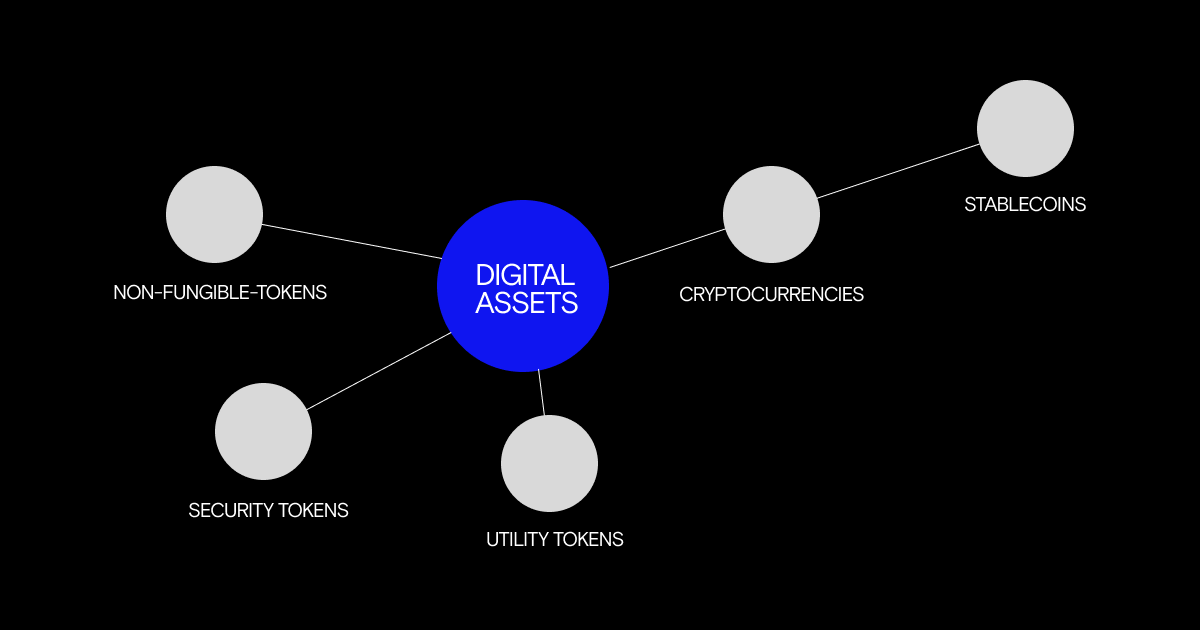
Cryptocurrencies
Cryptocurrencies represent digital or virtual currencies that leverage cryptographic methods to secure transactions and regulate the creation of new units. The first and most famous cryptocurrency is Bitcoin, while other prominent examples include Ethereum, Litecoin, and Ripple. These digital assets serve multiple purposes, such as online transactions, investment options, and as a store of value. 2
Stablecoins
Stablecoins are a type of cryptocurrency whose value is pegged to the value of another asset. Typically, they are held as a class of crypto asset designed to minimise volatility. Most stablecoins are backed by fiat currencies, such as EURO, DOLLAR or highly liquid assets like money market funds or commercial paper. 3
They were developed to avoid the high volatility of traditional cryptocurrencies and thus offer a more stable option for transactions and store of value. In addition to the most common "fiat-backed" stablecoins, there are also less common types like algorithmic and commodity-backed stablecoins. 4
Security Tokens
Tokenization enables the representation of real assets, including all associated rights and obligations, using blockchain technology. This enables the digital representation of a range of financial instruments, including shares, bonds, and funds, as well as tangible assets such as real estate. The Electronic Securities Act (eWpG) defines security tokens as crypto securities. 5 A significant milestone was reached in 2023 with the issuance of crypto securities by Siemens, becoming one of the first German companies to do so on a public blockchain. 6
In 2024, the company took the next step with the largest cryptocurrency issuance to date, valued at 300 million Euros. Thanks to technical innovations and collaboration with other financial institutions, the transaction was fully automated and completed within a few minutes. 7
Non-Fungible Tokens (NFTs)
NFTs (Non-Fungible Tokens) enabling both physical and virtual items to be represented as unique through blockchain technology. They span various applications like art, videos, and memes, with high price tags in some cases. Legal considerations around NFTs include civil and copyright issues, especially regarding the rights they actually convey, such as ownership and usage rights. New business models have emerged to make NFTs more accessible, like trading, storage, and minting services. 8
Under MiCAR, NFTs with unique and non-fungible characteristics, like digital art and collectibles, are generally unregulated, although there are some exceptions. As MiCAR typically focuses on crypto-assets with investment or payment applications, NFTs with fungible or exchangeable attributes, or those that are speculative or investment-oriented, are subject to regulatory oversight. 9
Utility Tokens
Utility tokens are digital assets that provide digital access to applications, services and resources, and are accepted only by the issuer of those applications, services and resources. Under MiCAR, they are classified as 'other tokens' and are therefore subject to the relevant regulatory requirements. 10
Summary
Market demand and forecasts indicate that digital assets have already achieved a significant level of market penetration and are continuing to gain momentum. Statistics show that the market volume of digital assets (security tokens and cryptocurrencies) in Europe, including Switzerland, could reach 5.6 trillion euros by 2030. 11
The positive outlook on digital assets is prompting a growing number of financial institutions to explore offering these services. However, many who have initiated preparations face challenges, especially as legacy systems struggle to support digital asset integration.
Trever provides a tailored solution to overcome these limitations and enables financial institutions to manage, trade and monitor digital assets through one holistic operating system. It also connects them to all required venues through a single integration. Get in touch with our experts to get closer insights: https://trever.io/contact/
Sources:
1 World Economic Forum. (2024). Digital Assets Regulation: Insights from Jurisdictional Approaches. https://www3.weforum.org/docs/WEF_Digital_Assets_Regulation_2024.pdf
2 Digital Assets. (o. D.). KPMG. https://kpmg.com/de/de/home/themen/uebersicht/digital-assets.html#
3 Stable (or not-so-stable) coins. (o. D.-b). KPMG. https://kpmg.com/xx/en/our-insights/regulatory-insights/stable-or-not-so-stable-coins.html
4 Stablecoins: Fast so hart wie bare Münze. (o. D.). PwC Switzerland. https://www.pwc.ch/de/insights/disclose/34/stablecoins.html
5 Tokenisierung erklärt: 4 Schritte der Tokenisierung. (o. D.). Cashlink Technologies GmbH. https://cashlink.de/de/tokenisierung/
6 Siemens begibt erstes elektronisches Wertpapier auf der Blockchain. (2023, 14. Februar). Siemens Aktiengesellschaft. https://press.siemens.com/global/de/pressemitteilung/siemens-begibt-erstes-elektronisches-wertpapier-auf-der-blockchain
7 300 Millionen Euro: Größte SWIAT/Bundesbank-Triggerchain-Kryptowertpapieremission gemäß eWpG! (2024, 5. September). IT Finanzmagazin. https://www.it-finanzmagazin.de/siemens-dekabank-swiat-blockchain-mega-wertpapier-emission-215438/
8, 15 Hanzl, M. (2022, 3. März). Digital Assets – rechtliche Einordnung und Nutzen für die Geschäftsmodelle der Finanzinstitute. EY - Österreich. https://www.ey.com/de_at/banking-capital-markets/digital-assets-rechtliche-einordnung-und-nutzen-fuer-die-geschaeftsmodelle-der-finanzinstitute
9 NFTs under MiCAR – are they regulated or not? (2023, 16. November). CMS Law | Tax | Future. https://cms.law/en/int/publication/legal-experts-on-markets-in-crypto-assets-mica-regulation/nfts-under-micar-are-they-regulated-or-not
10 Markets in Crypto-Assets Regulation. (2023). In KPMG AG. https://hub.kpmg.de/hubfs/LandingPages-PDF/kpmg-markets-in-crypto-assets-regulation.pdf
11 Digitale Assets – Was ist das? (2023). zeb.rolfes.schierenbeck.associates Gmbh. https://bankinghub.de/themen/digitale-assets
Disclaimer: The information provided on this website and in blog posts is for general informational purposes only. It does not constitute legal or financial advice and should not be interpreted as such. In particular, this information does not constitute an offer or solicitation to buy, sell, or trade any assets or digital currencies.
Please note that Trever GmbH is neither licensed under the Austrian Securities Supervision Act (Wertpapieraufsichtsgesetz 2018, WAG 2018) or the German Commercial Securities Authorization Act (Gewerbliches Wertpapierberechtigungsgesetz, GWB), nor a licensed credit institution. Trever is not registered as a financial service provider and do not offer investment advice or similar services. The views expressed in the content are solely those of the author and are subject to change without notice.
Trever GmbH assumes no liability for any decisions made based on the information provided. The use of this content is at your own risk. We recommend that you seek advice from qualified professionals and conduct your own independent evaluation of the legal and financial implications before making any investment decisions.
Recent stories
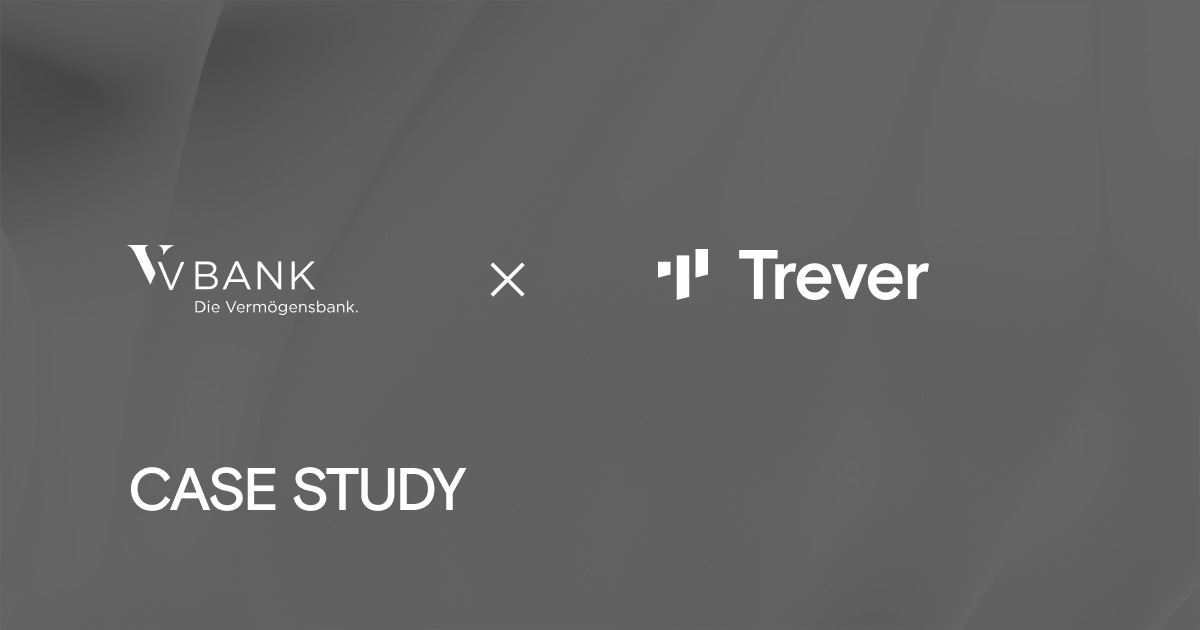
Flexible, Secure, Scalable: The key to a future-proof Digital Asset Banking Infrastructure
The financial industry is undergoing a profound transformation and digital assets will play an important role in shaping its future. This case study delves into how V-Bank AG streamlines it’s digital asset operations with Trever’s Digital Asset Operating System, to stay ahead in this dynamic landscape.
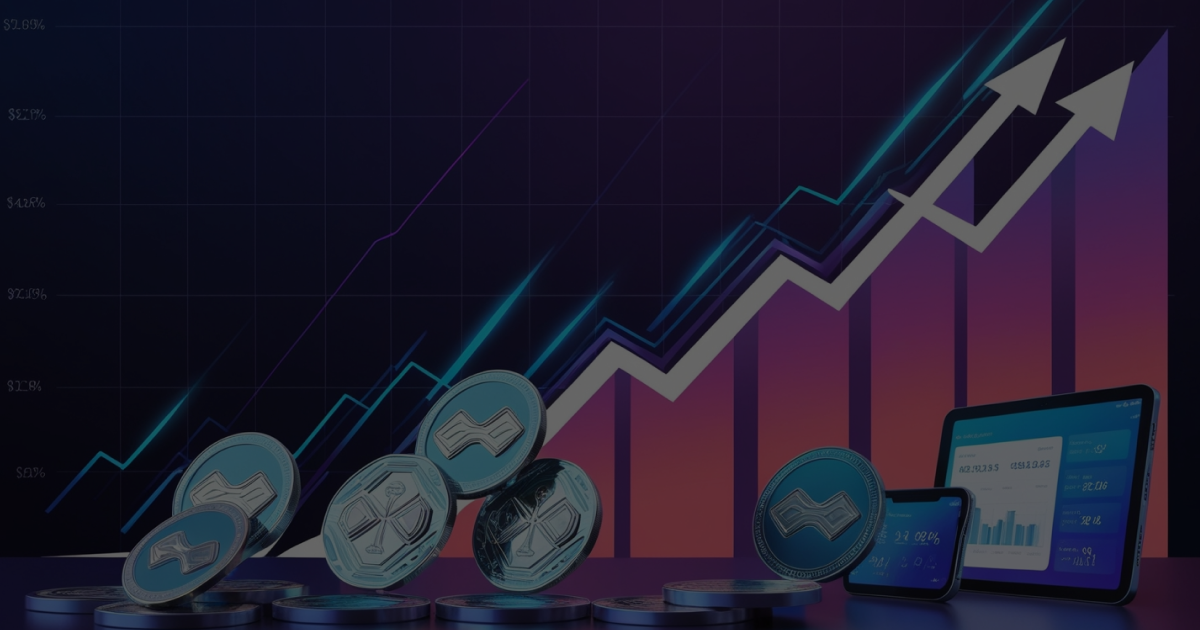
Tokenized Securities are gaining momentum: An Overview
The digital asset ecosystem continues to evolve in high speed and relevant regulatory standards pave the way for digitizing assets. Among them, tokenized securities are growing in popularity.
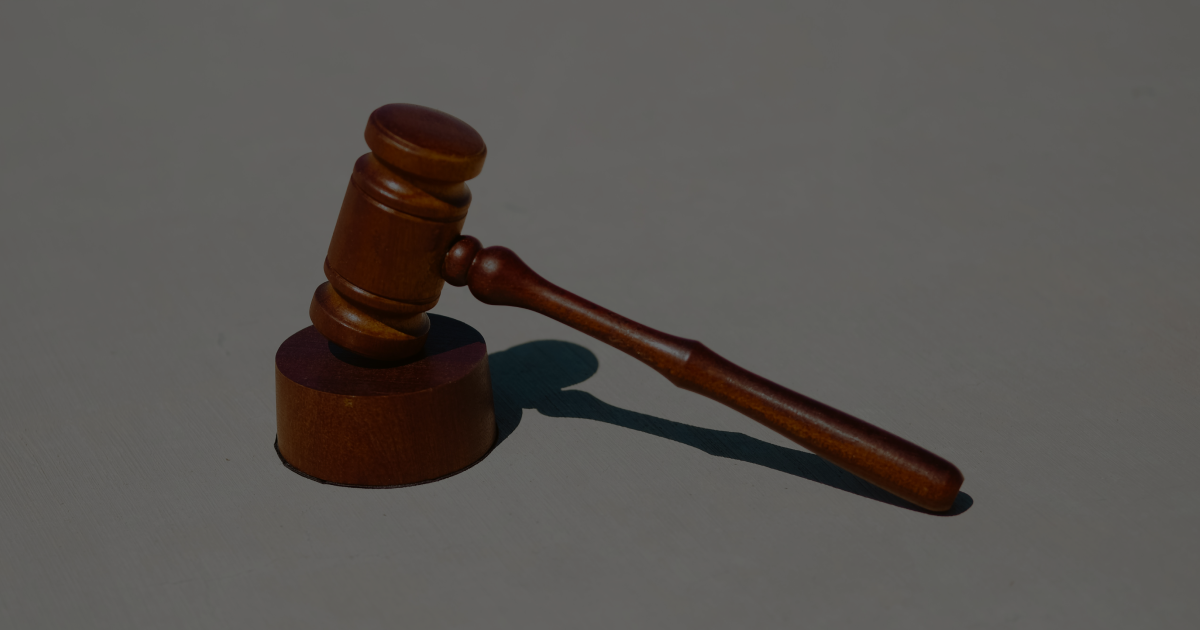
These 3 Compliance Regulations are essential when offering Crypto Assets
If your institution want to offer crypto assets, you need to be aware of a wide range of compliance regulations. Trever knows the requirements very well from working with financial institutions and now provides an overview of which compliance standards are essential.
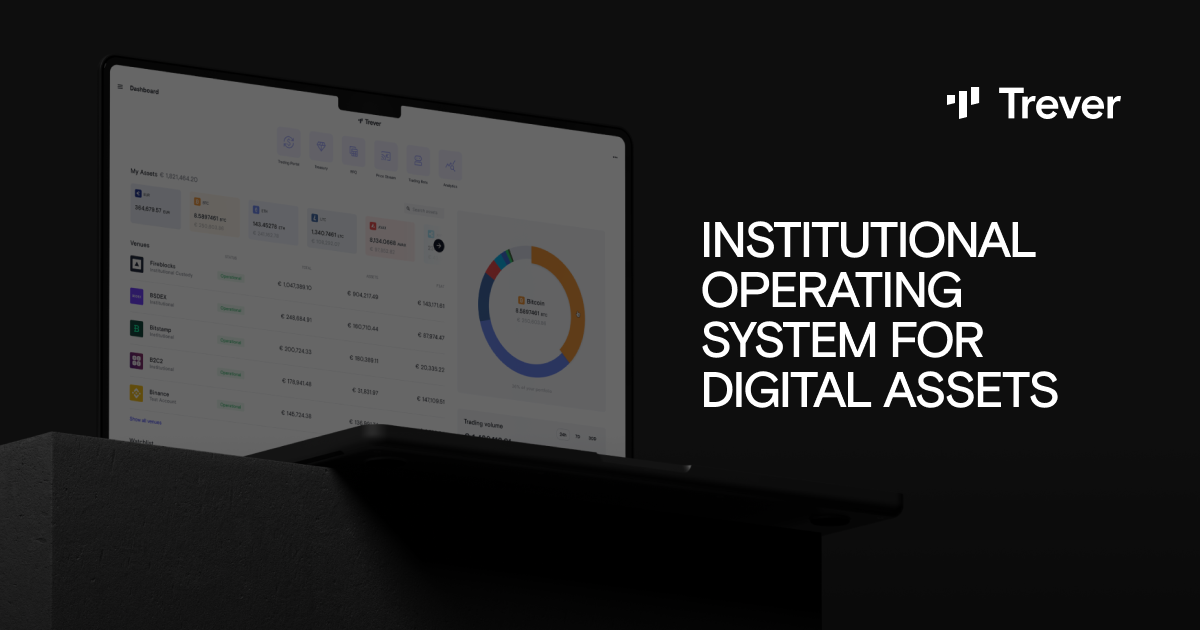
Leading Financial Institutions rely on Trever - this is why
Learn more about Trever and how it enables financial institutions to securely and efficiently trade, transfer and manage digital assets such as crypto securities, cryptocurrencies, stablecoins, etc.

Why Financial Institutions should focus on Digital Assets now
Have you ever thought about integrating digital assets institutionally? Find out why getting 'ready' for digital assets is like a marathon and why institutions should get up and running now.
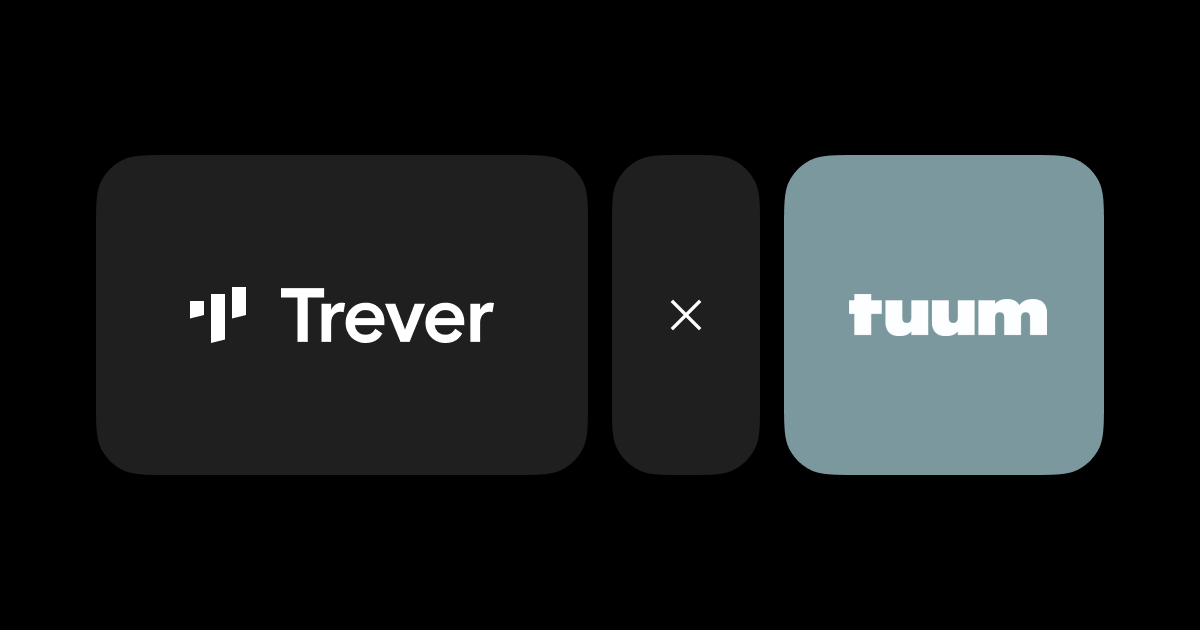
Cooperation Announcement: Trever x Tuum
The partnership between Trever and Tuum, a leading next generation core banking platform, empowers financial institutions to stay ahead in a rapidly changing market that requires high flexibility and efficiency.

Trever Accelerates European Market Growth for Digital Asset Infrastructure
Trever continues fuelling its growth in the European market with a €2.4 million seed investment. The software provides a compatible infrastructure and enables trading, transfer, and bookkeeping of digital assets.

Trever pioneers institutional software for digital assets
Trever is shaping the financial sector with software for managing digital assets. Now the founders talk about how Trever came about and what motivates them to rise in the market.

Hyphe, Tangany and Trever collaborate on all-in-one digital assets solution, Launchpad
Launchpad partnership drastically reduces time-to-market for institutions, combining digital asset trading, custody and order management in a single solution.
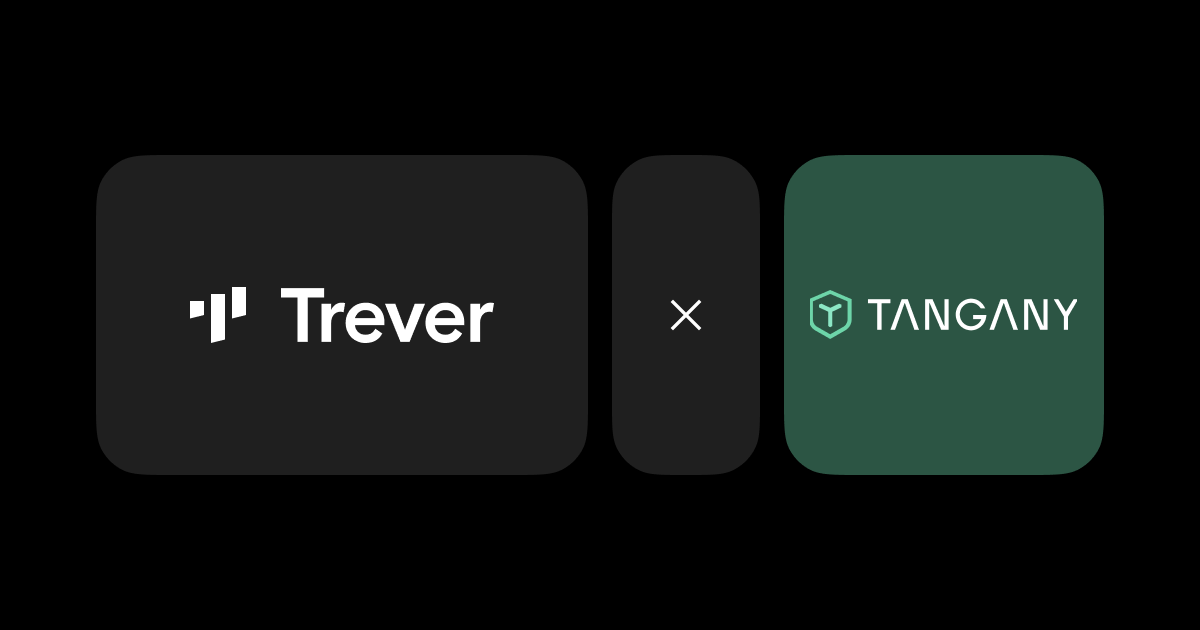
Cooperation Announcement: Trever x Tangany
As a BaFin-regulated custodian, Tangany sets the standard with its B2B solution for secure custody of blockchain-based digital assets.
